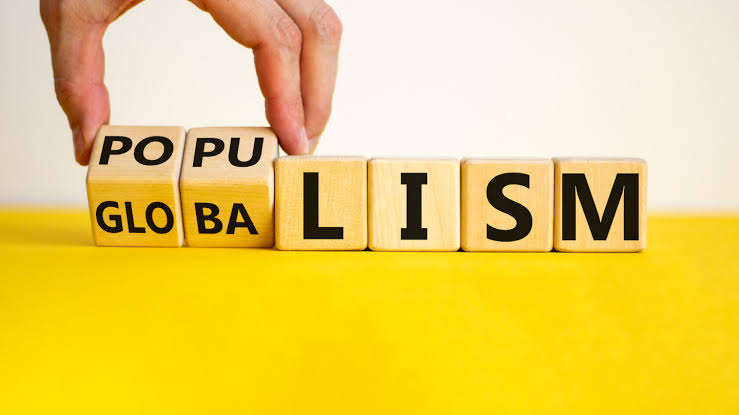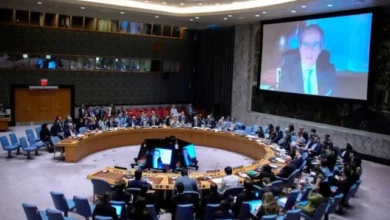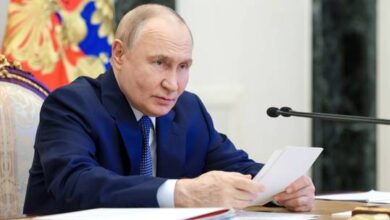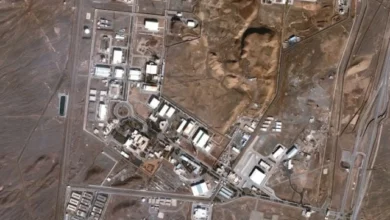The Surge of Populism: A Reflection of Deepening Income Inequality in the USA and Europe
In recent years, both the United States and Europe have witnessed a significant rise in populist movements, a phenomenon that many analysts link directly to growing income inequality. This trend, observable through various lenses, from economic data to social media sentiments, paints a complex picture of modern political landscapes shaped by economic disparities.
**The Economic Backdrop**
Income inequality has been on an upward trajectory since the 1980s, particularly noted in the USA where the wealth gap has reached levels higher than those seen in pre-revolutionary France. The top 1% income share has hit post-World War II peaks in many countries, including the US and France, as highlighted by economists like Thomas Piketty. This resurgence of inequality, after a period of decline in the mid-20th century, coincides with the deregulation of markets and shifts in tax policies favoring wealth accumulation at the top.
**Populism’s Rise**
The connection between income inequality and the rise of populism isn’t merely coincidental. Populist parties, both on the right and left, have capitalized on the economic anxiety and the feeling of being left behind experienced by many. In Europe, this has manifested in the increased vote share for parties like France’s National Rally, Germany’s Alternative für Deutschland, and Italy’s recent right-wing coalitions. These parties often frame economic issues as a battle between the ‘elite’ and the ‘people’, leveraging economic discontent to garner support.
In the USA, the narrative isn’t much different. The appeal of figures like Donald Trump can be partially attributed to his portrayal as an outsider fighting against an entrenched elite, despite his own wealth. His policies, which included significant tax cuts for the wealthy, paradoxically might have exacerbated the very inequality fueling populist sentiment.
**Public Sentiment and Political Response**
On platforms like X, there’s a palpable sense of frustration over economic disparities. Users often discuss how the middle and working classes feel squeezed, with real incomes stagnating or declining while the rich get richer. This sentiment reflects in posts that critique policies for favoring the wealthy, suggesting a broad awareness and discontent with the current economic order.
However, the relationship between inequality and populism isn’t straightforward. Research suggests that while income inequality might increase support for populist parties, other factors like cultural identity, fear of globalization, and mistrust in traditional political systems play significant roles. Moreover, economic uncertainty, exacerbated by events like the 2008 financial crisis and the COVID-19 pandemic, has further fueled populist rhetoric, which promises simple solutions to complex problems.
**Looking Ahead**
The interplay between income inequality and populism suggests a few critical considerations for policymakers and society:
1. **Economic Policies**: There’s a growing call for policies that address wealth distribution more equitably, potentially through taxation, welfare expansion, or regulatory measures to ensure wealth doesn’t accumulate disproportionately.
2. **Political Reforms**: Addressing the root causes of populism might also require political reforms that restore trust in democratic institutions, ensuring that they are seen as responsive and representative.
3. **Global Perspective**: Given that both the USA and Europe face similar issues, there could be value in transatlantic dialogues on managing inequality and its political repercussions.
The rise of populism in the shadow of increasing income inequality challenges the notion that economic growth alone is sufficient for societal







